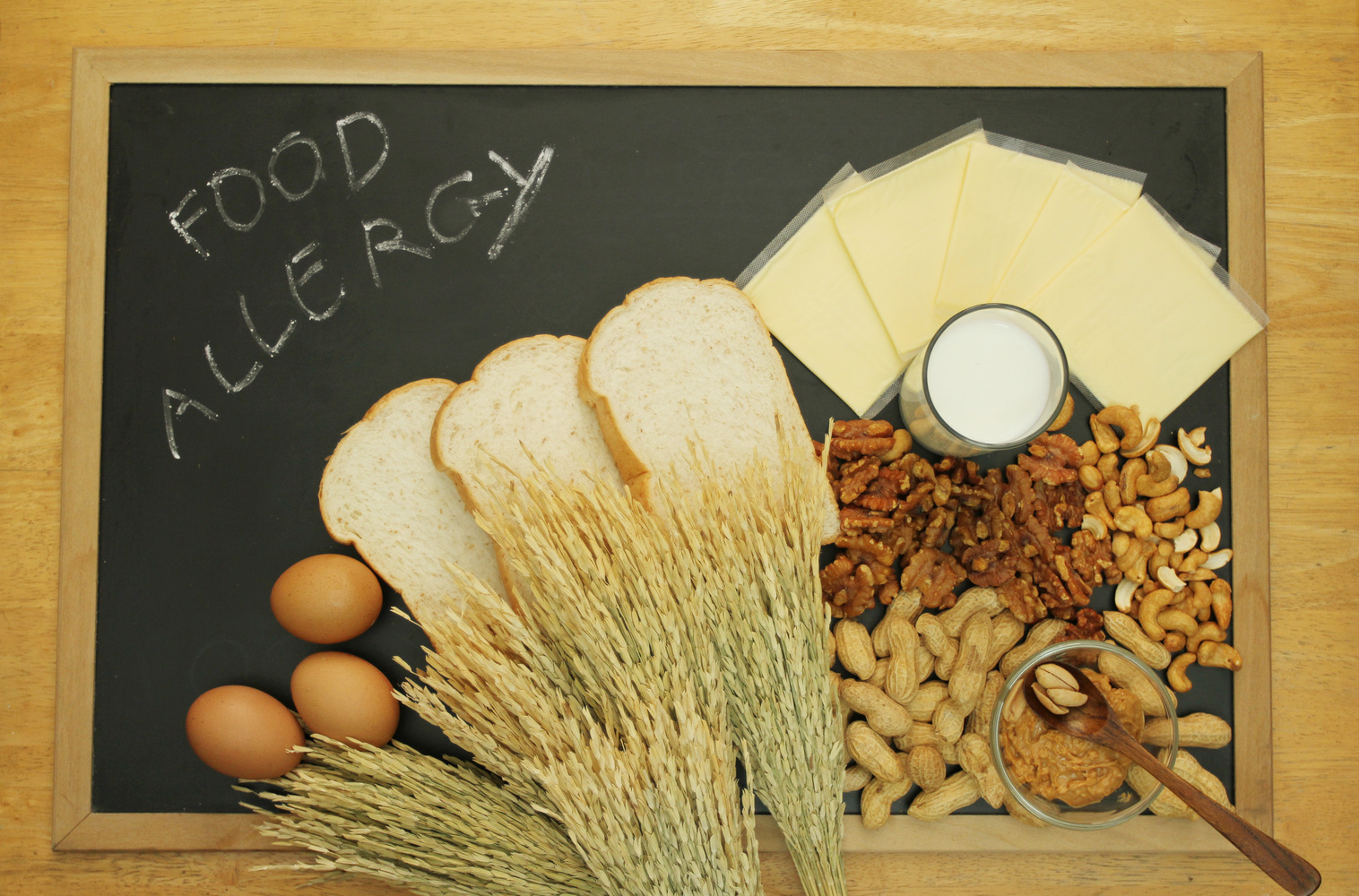
6 Common Allergens That Can Trigger Anaphylaxis In Children And Infants
Treatment Options to Consider
Anaphylaxis is a potentially life-threatening issue that results due to the consumption of misidentified proteins, and the immune system sends a rapid release of inflammatory mediators. Many parents worry as allergies in the first few years of life often go unknown until they are triggered by an introduction to a new food. In addition to having allergies, they can induce other issues such as allergy nasal polyps, asthma, sinusitis, and more. What’s more, medications to treat allergies can get expensive, but luckily there are some options for discounts on allergy relief medicines. Here we will look at the common allergens that can trigger anaphylaxis in children and infants that you should be aware of:
1. Insect venom (bee stings)
For non-allergic individuals, bee stings and other insect venoms can be painful, itchy, and cause swelling. As a common allergen, you’ll want to watch your child for an allergic reaction if they have been stung for the first time. Common allergic reactions to insect venoms include symptoms like swelling less than 10cm that can last up to 24 hours or even a week, or more severe symptoms like nausea, vomiting, diarrhea, and in rare cases, circulatory collapse.
2. Peanut
For some, peanuts do not even need to be consumed to trigger an allergic reaction—sometimes skin contact or even inhaling the scent of a peanut can trigger it. This is a very common allergen, so you’ll want to be aware when introducing peanuts to your children. With skin contact, watch for symptoms like runny nose, swelling, tingling sensation around the mouth, hives, rash, or itching. If ingested, watch for symptoms like nausea, vomiting, abdominal cramping, and diarrhea. If the scent or particles are inhaled, watch for symptoms like coughing, wheezing, shortness of breath, airway constriction, and nausea.
3. Milk
Milk is among the most common allergens due to the proteins found in it, casein and whey. This allergy can be outgrown; however, if you’re first introducing it, watch for symptoms like wheezing, trouble breathing, hoarseness, coughing, abdominal pain, itchy or swollen eyes, airway constriction, vomiting, and diarrhea.
4. Eggs
In some individuals, their bodies can mistakenly identify egg proteins as harmful to the body, signaling the immune system and causing an allergic reaction. Look for symptoms like hives, swelling, difficulty breathing, coughing ,wheezing, itchy eyes, tightness of the throat, nausea, vomiting, diarrhea, and congestion.
5. Wheat
Wheat, or gluten, allergies are another common allergen. When introducing breads, cereal, pasta, and other wheat products, be aware of these symptoms: hives, rash, sneezing, nausea, stomach cramps, vomiting, diarrhea, sneezing, runny nose, and headaches.
6. Soy
Soy is another common allergen to be careful with when introducing it to children. If you are not sure what soy is, it’s a legume like peas, lentils, and beans. Look out for symptoms like hives, swelling, shortness of breath, coughing, wheezing, tightness of throat, vomiting, nausea, diarrhea, itchy eyes, and congestion.


